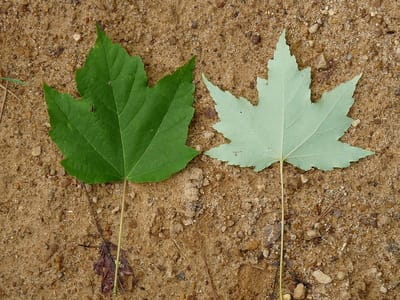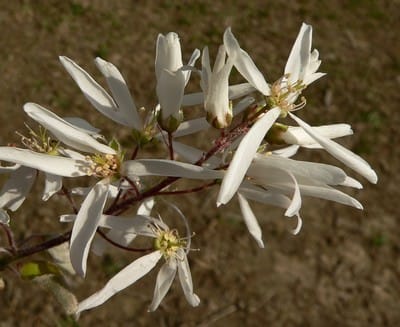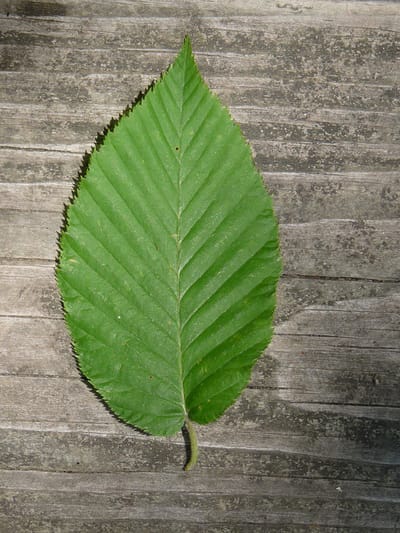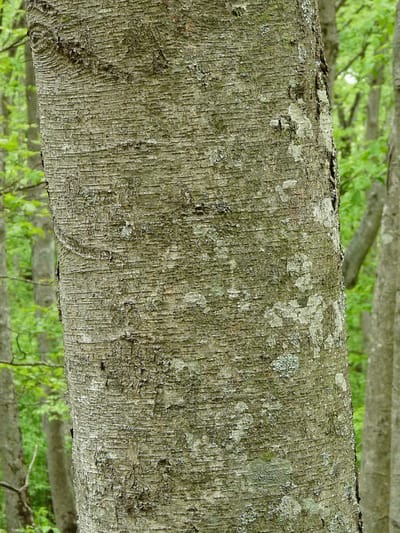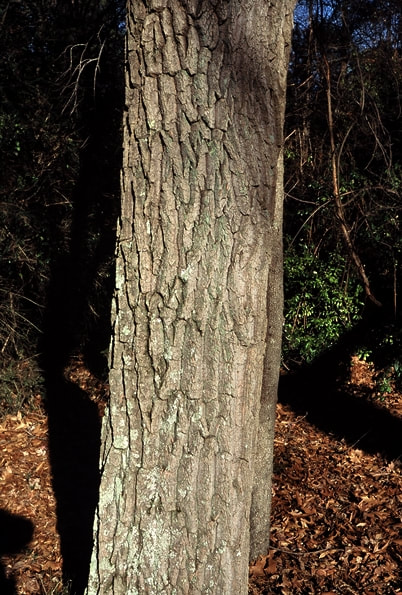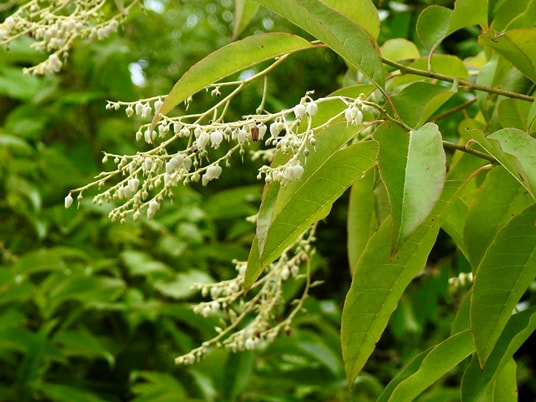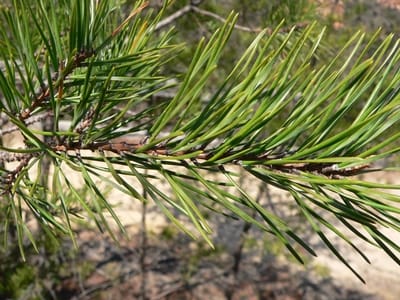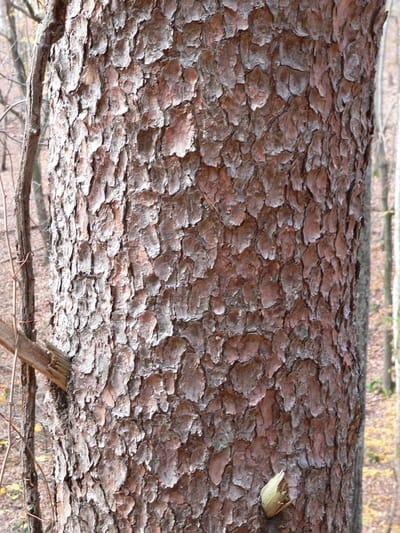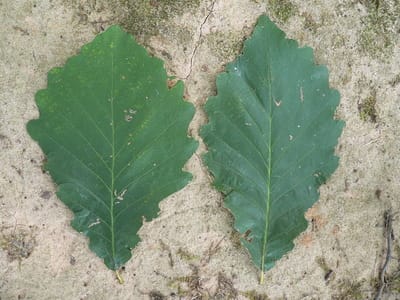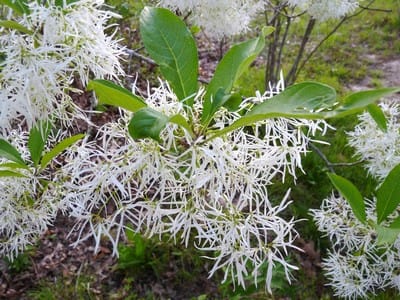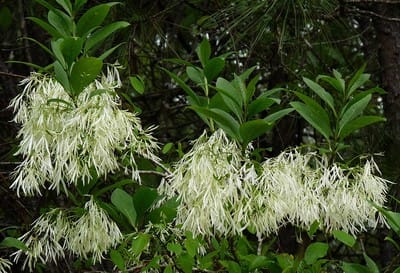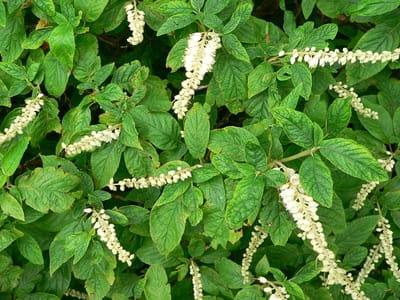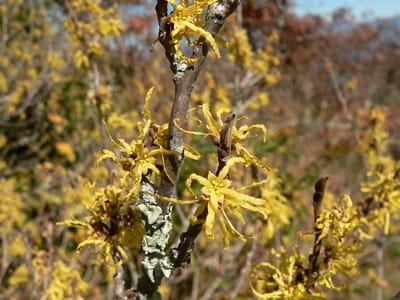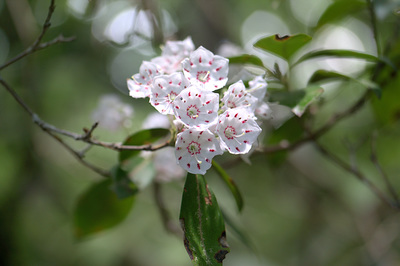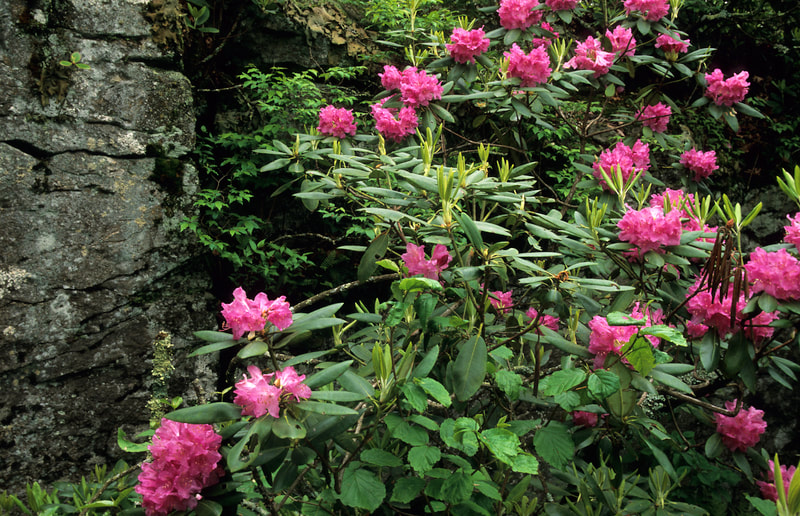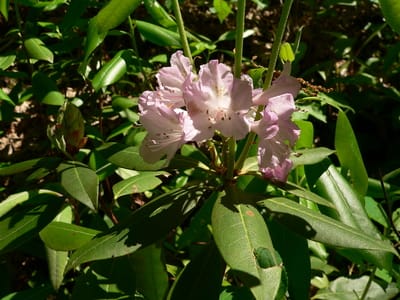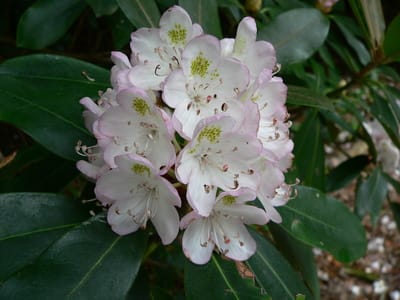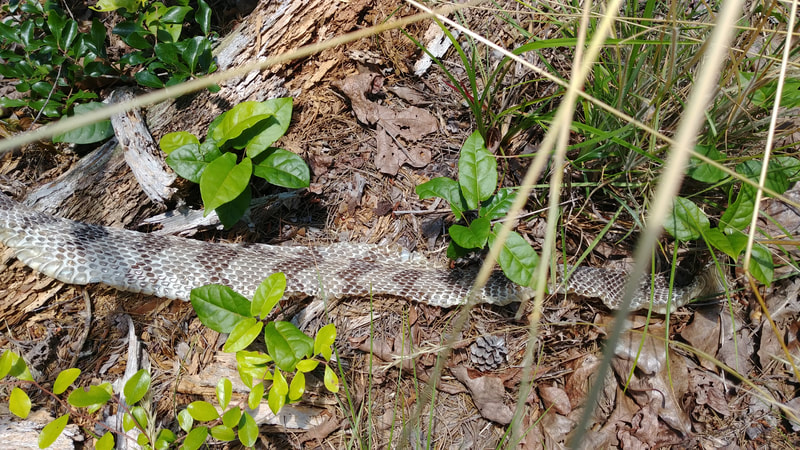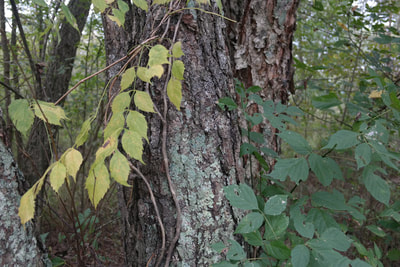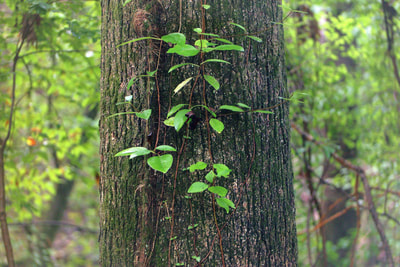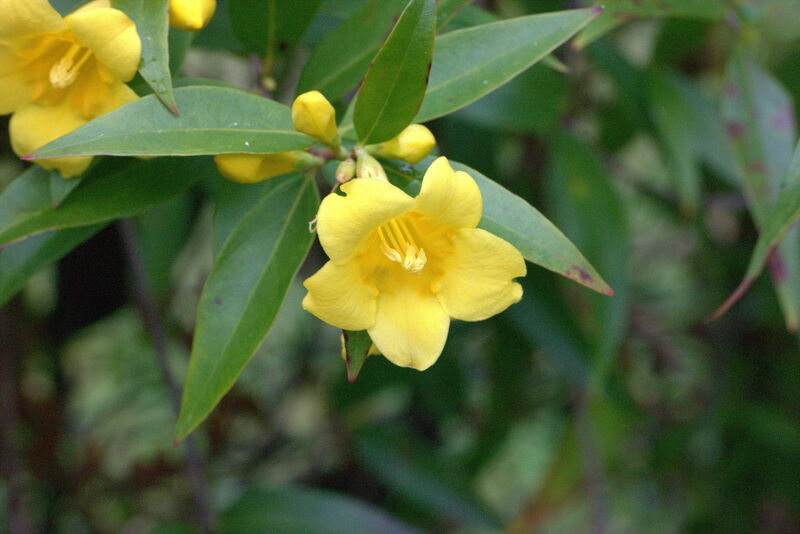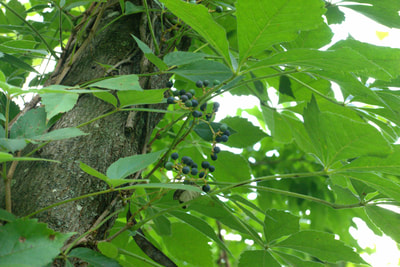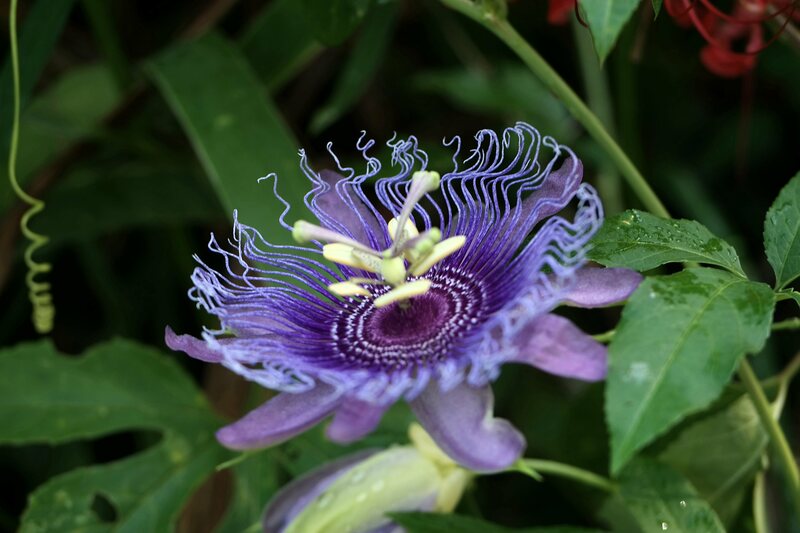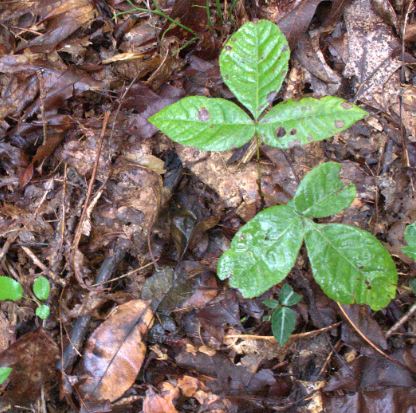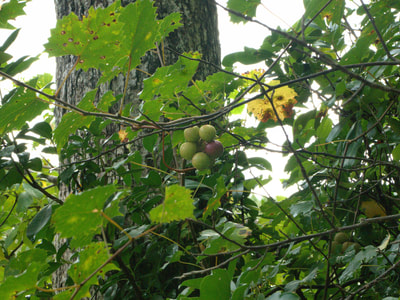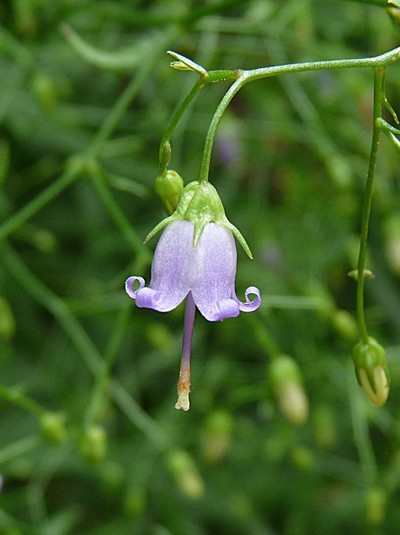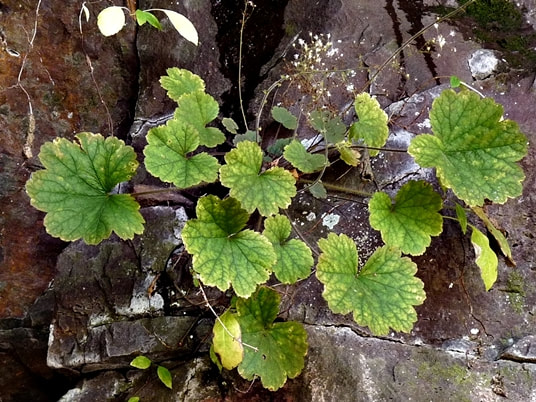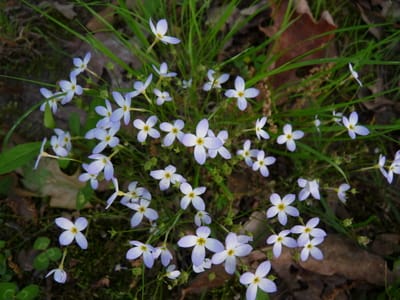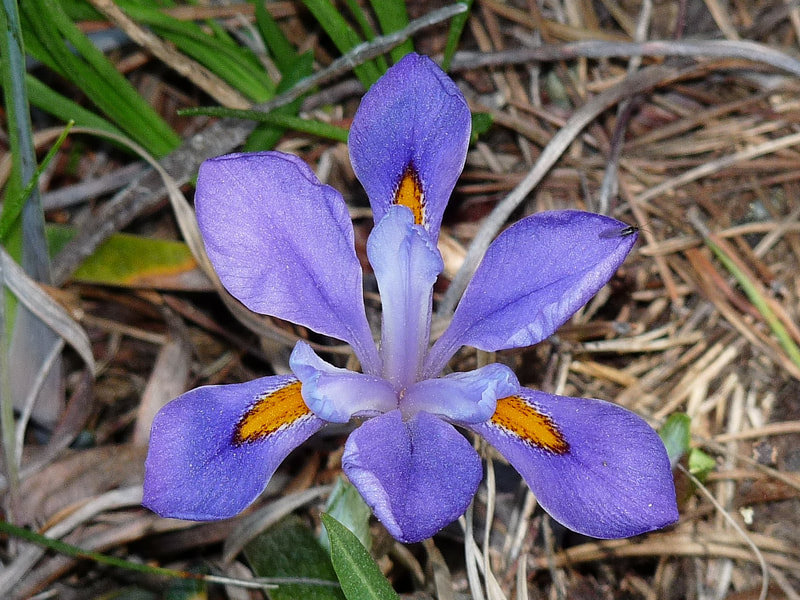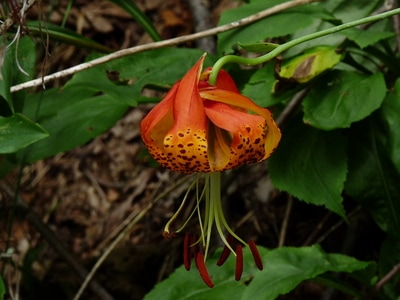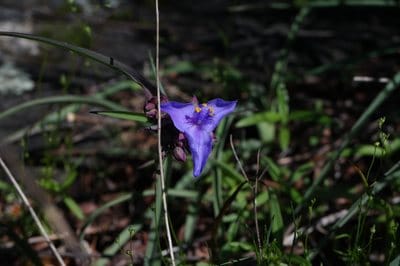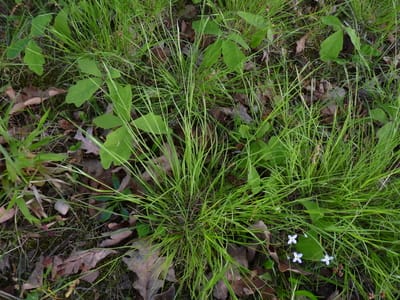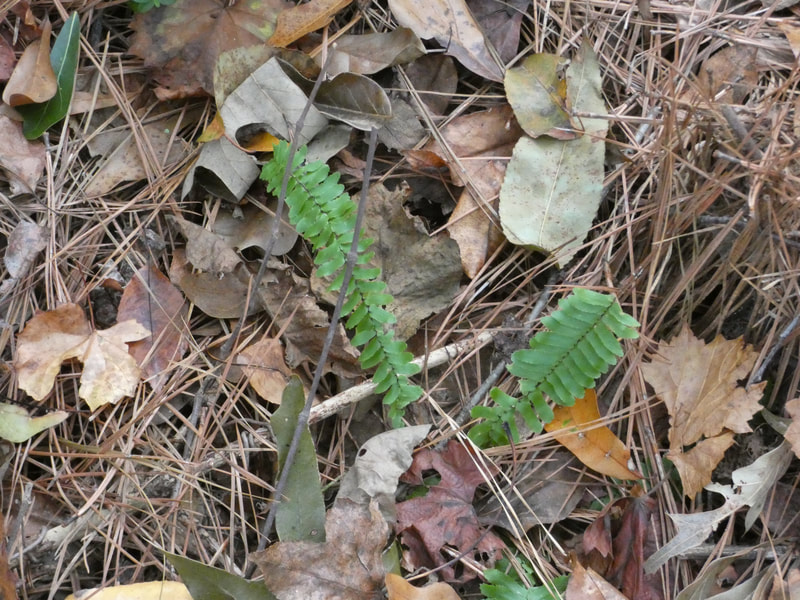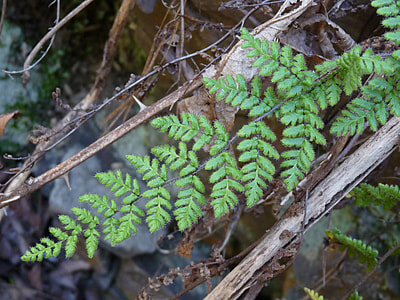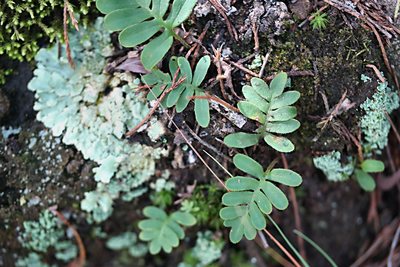Cumberland Plateau/Ridge & Valley Acidic Cliffs and Outcrops
|
Acidic cliffs and outcrops are steep, nearly vertical outcroppings of acidic rock, usually sandstone or conglomerate. These cliffs form the ecoregion's escarpment, rising starkly and looming dramatically over valley floors. Lichens and mosses are scattered picturesquely over the rock faces. Vegetation, which is adapted to acidic conditions, is typically sparse and limited to crevices and ledges. Moisture levels range from extremely dry, creating harsh conditions to seepage areas where waterfalls flow during wetter periods. "Rockhouses", or caves, form at the base of the cliffs, where softer shales are being eroded from beneath the more resistant sandstone.
|
|
Indicator and representative species: Dry crevices and shallow ledges provide footings for red maple, Virginia pine, black birch, rock chestnut oak, rhododendrons, sparkleberry, mountain laurel, fringe-tree, bush honeysuckle, Carolina jessamine, and numerous grasses and wildflowers. Moist cliffs support jack-in-the-pulpit, rock alumroot, early saxifrage, and poison ivy,
What's special: These natural communities are very picturesque, due to the steep cliff faces, far-reaching views, and variable outcroppings formed from weathering and erosion. In some places, such as Rock Town and Zahnd Tract, house-sized outcrops create "towns" with narrow alley-ways between the rocks. The rocks can weather to beautiful shapes. Catawba rhododendron blooms beautifully in mid-spring.
Related communities: This community is very closely related to and intergrades with Acidic Glades and Barrens.
Learn MORE HERE about plant adaptations to rocky places.
What's special: These natural communities are very picturesque, due to the steep cliff faces, far-reaching views, and variable outcroppings formed from weathering and erosion. In some places, such as Rock Town and Zahnd Tract, house-sized outcrops create "towns" with narrow alley-ways between the rocks. The rocks can weather to beautiful shapes. Catawba rhododendron blooms beautifully in mid-spring.
Related communities: This community is very closely related to and intergrades with Acidic Glades and Barrens.
Learn MORE HERE about plant adaptations to rocky places.
|
Plants
Click on the plant name to see images. Plants are listed in order by scientific name. Trees Red maple Acer rubrum Downy serviceberry Amelanchier arborea Black birch Betula lenta Sourwood Oxydendrum arboreum Rock chestnut oak Quercus montana Virginia pine Pinus virginiana Shrubs Fringe-tree Chionanthus virginicus Mountain sweet-pepperbush Clethra acuminata Witch-hazel Hamamelis virginiana Smooth hydrangea Hydrangea arborescens Ashy hydrangea Hydrangea cinerea Mountain laurel Kalmia latifolia Catawba rhododendron Rhododendron catawbiense Great rhododendron Rhododendron maximum Gorge rhododendron Rhododendron minus Winged sumac Rhus copallinum Vines Crossvine Bignonia capreolata Trumpet vine Campsis radicans Climbing hydrangea Decumaria barbara Hairy southern bush-honeysuckle Diervilla rivularis Carolina jessamine Gelsemium sempervirens Coral honeysuckle Lonicera sempervirens Passion flower/May-pop Passiflora incarnata Virginia creeper Parthenocissus quinquefolia Greenbrier (whiteleaf/sawbrier) Smilax glauca Poison ivy Toxicodendron radicans Muscadine Vitis rotundifolia Ground Layer Wildflowers Harebell Campanula divaricata Littleflower alumroot Heuchera parviflora Rock alumroot Heuchera villosa Quaker ladies Houstonia caerulea Upland dwarf iris Iris verna Carolina lily Lilium michauxii Partridgeberry Mitchella repens Hairy spiderwort Tradescantia hirsuticaulis Smooth spiderwort Tradescantia ohiensis Sweet white violet Viola blanda Grasses Wavy hairgrass Avenella flexuosa Silky oatgrass Danthonia sericea Poverty oatgrass Danthonia spicata Ferns and Fern Allies Mountain spleenwort Asplenium montanum Ebony spleenwort Asplenium platyneuron Marginal woodfern Dryopteris marginalis Myriopteris lanosa Hairy lipfern Appalachian rockcap fern Polypodium appalachianum Rockcap fern Polypodium virginianum |
Representative Trees in order by scientific nameRepresentative Shrubs in order by scientific nameRepresentative Vines in order by scientific name
Representative Wildflowers in order by scientific nameRepresentative ferns
|

